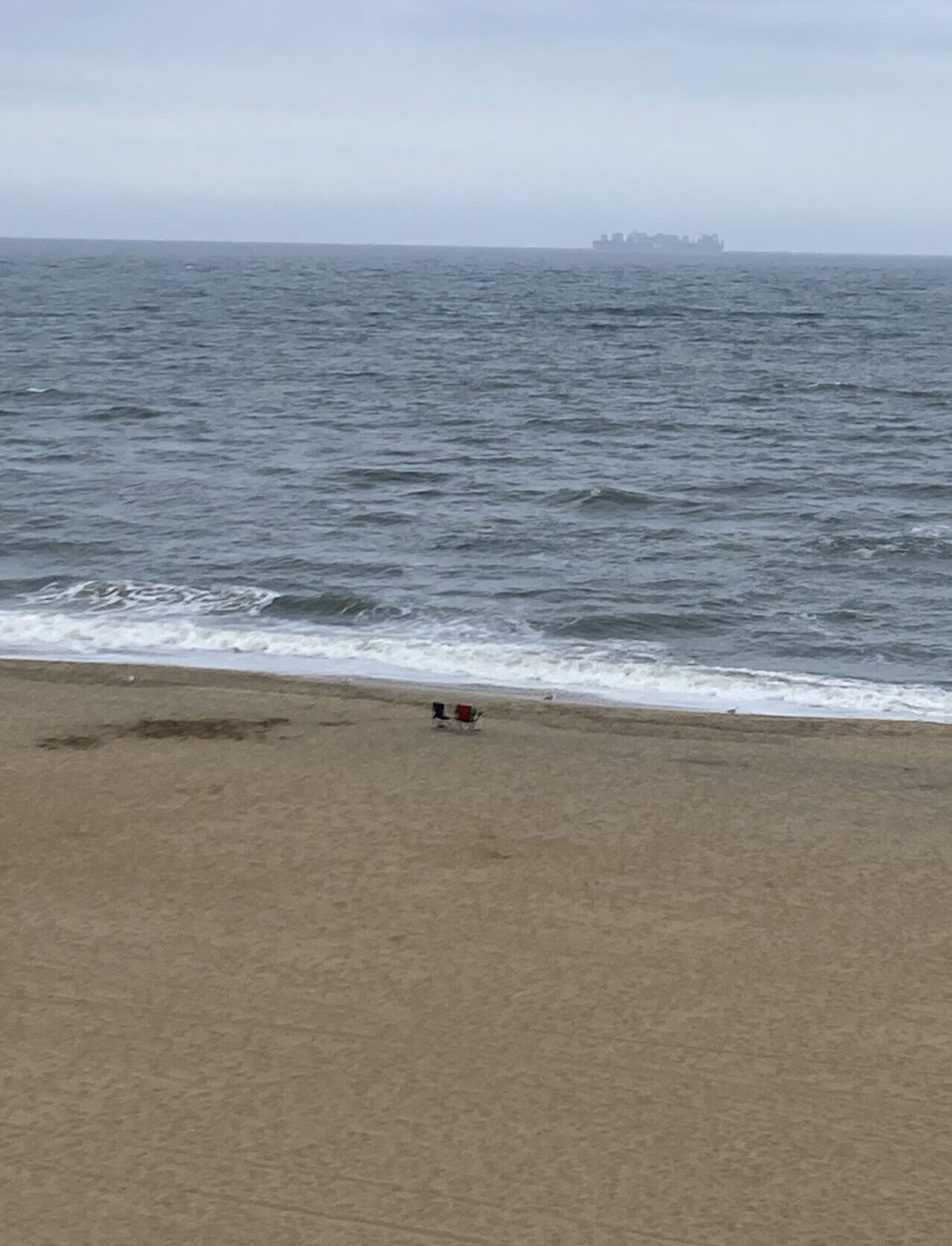The term “Toxic 20” refers to a list of harmful chemicals and substances often found in everyday products, which can pose serious health risks. These substances are linked to various health issues, including hormonal disruption, reproductive problems, and even cancer. The Toxic 20 list includes chemicals such as lead, mercury, phthalates, bisphenol A (BPA), and several others commonly found in household items, food packaging, and personal care products.
The Toxic 20
While the list can vary slightly depending on the source, some commonly recognized substances include:
- Lead: Found in old paint, pipes, and some cosmetics.
- Mercury: Present in some fish, thermometers, and batteries.
- Phthalates: Used in plastics and personal care products.
- BPA (Bisphenol A): Found in some plastics and food can linings.
- Formaldehyde: Used in some furniture and building materials.
- Triclosan: Common in antibacterial products.
- Flame Retardants: Found in furniture and electronics.
- Pesticides: Residues on food.
- Perfluorinated Chemicals (PFCs): Used for non-stick cookware and stain-resistance.
- Asbestos: Found in older building materials.
- Radon: A naturally occurring gas that can accumulate in homes.
- Arsenic: Found in some water supplies and rice.
- Toluene: Found in paint thinners and adhesives.
- Volatile Organic Compounds (VOCs): Emitted from paints and cleaning products.
- Chlorine: Used in household cleaners.
- Acrylamide: Formed in some cooked foods.
- Ethylene Glycol: Found in antifreeze and some household cleaners.
- Polycyclic Aromatic Hydrocarbons (PAHs): Found in charred foods and tobacco smoke.
- Benzene: Found in gasoline and tobacco smoke.
- Dioxins: Byproducts of industrial processes and waste incineration.
Ways to Reduce Exposure to the Toxic 20
- Read Labels: Always check labels on products. Look for items free from phthalates, parabens, and artificial fragrances.
- Choose Natural Products: Opt for natural cleaning products, personal care items, and food. Many brands now provide safer alternatives.
- Use Glass or Stainless Steel: Replace plastic containers with glass or stainless steel, especially for food storage. This helps avoid BPA and phthalates.
- Limit Processed Foods: Reduce consumption of processed foods, which often contain harmful additives and preservatives.
- Test Your Home: Consider testing for radon and lead, especially in older homes. Many local health departments offer resources for testing.
- Wash Fruits and Vegetables: Thoroughly wash fresh produce to reduce pesticide residues.
- Be Cautious with Fish: Some fish contain high levels of mercury. Check local advisories on fish consumption.
- Ventilate Your Home: Ensure good air circulation to reduce VOC levels from paints and cleaners.
- Educate Yourself: Stay informed about the products you use. Websites like the Environmental Working Group (EWG) provide resources on safe products.
- Support Legislation: Advocate for stricter regulations on harmful chemicals in consumer products.
Additional Resources
For further reading and research on the Toxic 20, you can explore the following resources:
- Environmental Working Group (EWG)
- National Institutes of Health (NIH) – Chemical Safety
- Centers for Disease Control and Prevention (CDC) – Toxic Substances
By taking these steps, you can significantly reduce your exposure to harmful chemicals and promote a healthier lifestyle for you and your family. Remember, small changes can lead to significant impacts on your overall well-being!


Pingback: Toxic 20 – Whispers of Faith23